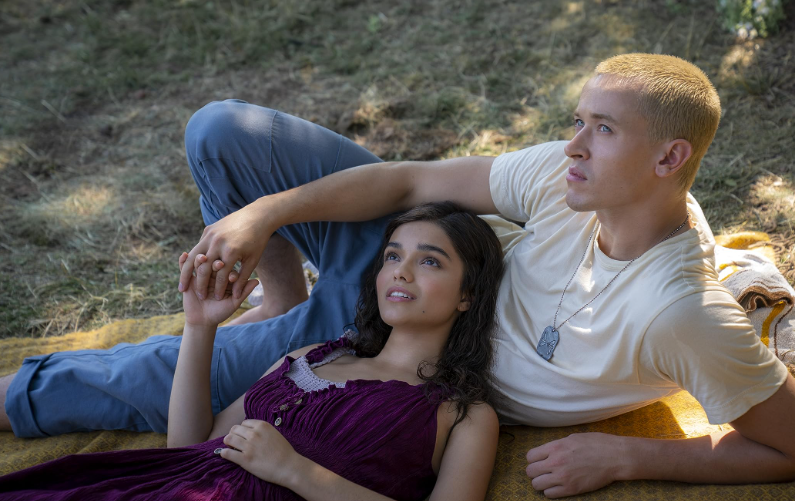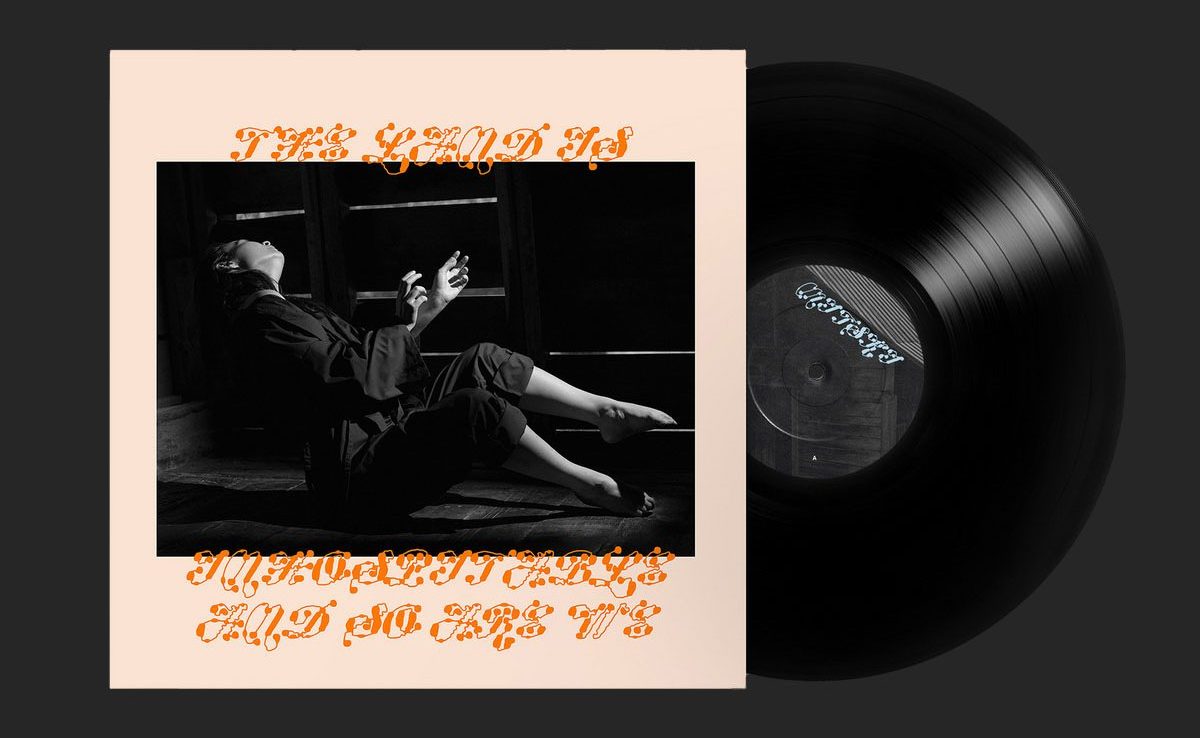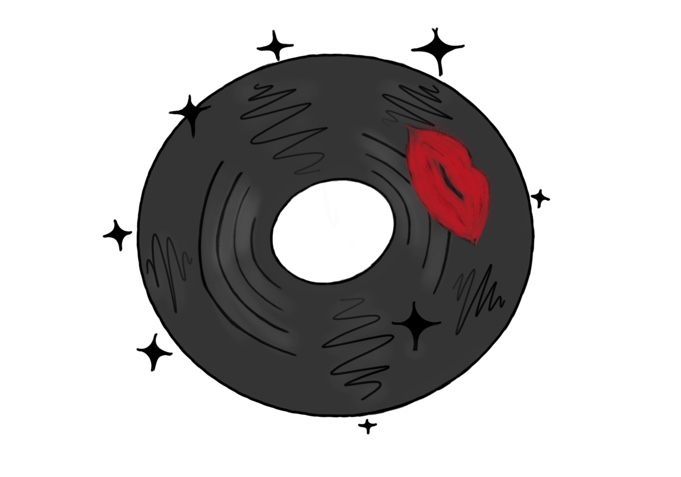
Set in the late 19th century Russian society and starring
Pirates of the Caribbean(
Jude Law) and
Sherlock Holmes(
Anna Karenina),
tells the story of an aristocrat, Anna Karenina, whose life changes after she enters in an affair with the charming Count Vronsky.
AtonementAfter watching
The Duchessand
(two incredible films set in older times and starring Keira Knightley that I highly suggest), I had become a total sucker for any old-timey movie with Keira Knightley.
Afraid the movie would sell out—which it almost was—I decided to buy my ticket early. When I told my dad where I was going, he immediately showered me with the poor reviews the movie received from critics.
“It’s not supposed to be very good,” he warned me. But my mind was set.
Anna KareninaBased off of Leo Tolstoy’s novel,
, some critics say the movie is a poor comparison to the book and that the actors fail to connect with the audience. I, however, had not read the book, so I went into the movie with an open mind.
Anna KareninaProbably the unique thing about
is that it is filmed more like a 19th century play than a movie. The transitions are more like those on stage and in plays and musicals than in typical movies. For example, in one scene, two characters go out for dinner, and as they sit down in two chairs facing each other, the walls, table and food are simultaneously placed around them, creating the set right there and then.
Jude LawIn another scene, Karenin (
) sits watching his children in a field, and as the camera zooms out, you see he is sitting in a field on top of a stage in an old fashioned theater. It’s really quite confusing and is one of those things that you have to see to understand.
Initially, the constantly moving camera left my head spinning and my eyes unable to focus on anything on screen. But as the movie, as well as my eyes, settled down, I grew to like the unique cinematography. It complimented the intricate sets and extravagant costumes and created a much more theatrical feel. With its dramatic music and filming,
Anna Kareninawas as close to a musical as it could be without actually being a musical.
Keira KnightleyThe movie begins with Anna (
) making an unanticipated visit to her brother’s home in Moscow from her’s in St. Petersburg. There, she meets Count Vronsky, with whom she has immediate chemistry (on screen and otherwise), and enters a whirlwind affair with him. The story follows the societal repercussions of her affair during imperial Russia.
Anna KareninaNot only were many of the characters good-looking, but they also embraced their roles fully, making the story believable.
, though a tragic love story that could rival many other classics, left me craving a dramatic love affair with a handsome, rich aristocrat.
Ragtag CinemaThough this movie might not be your cup of tea, it was mine, and I would highly recommend paying the $8.50 to go see it at
.
By Trisha ChaudharyHave you read the book? What did I miss? How do you think it compares with the movie?
















































































